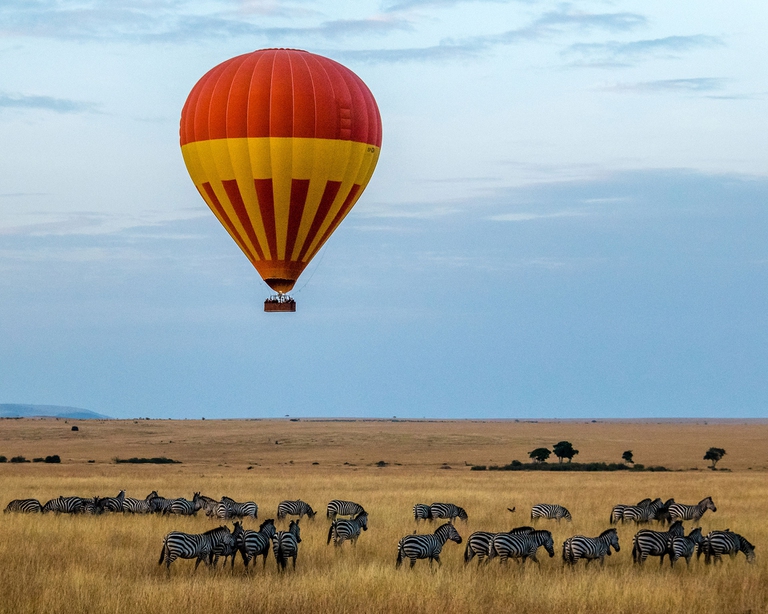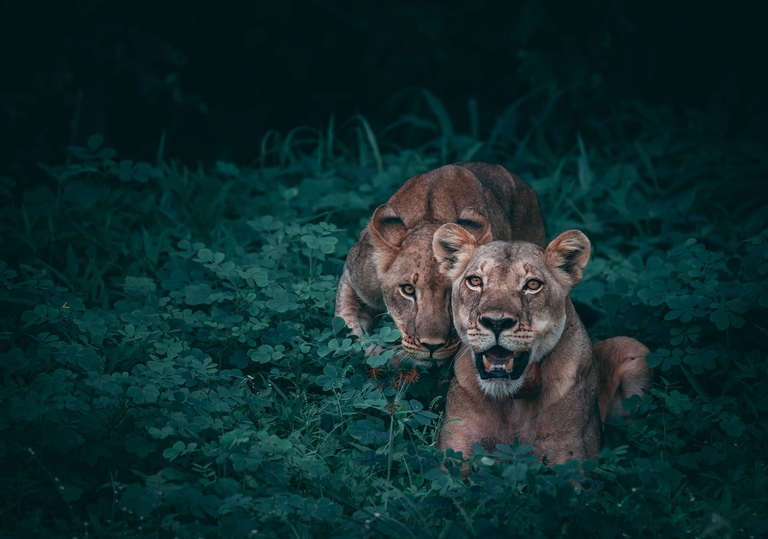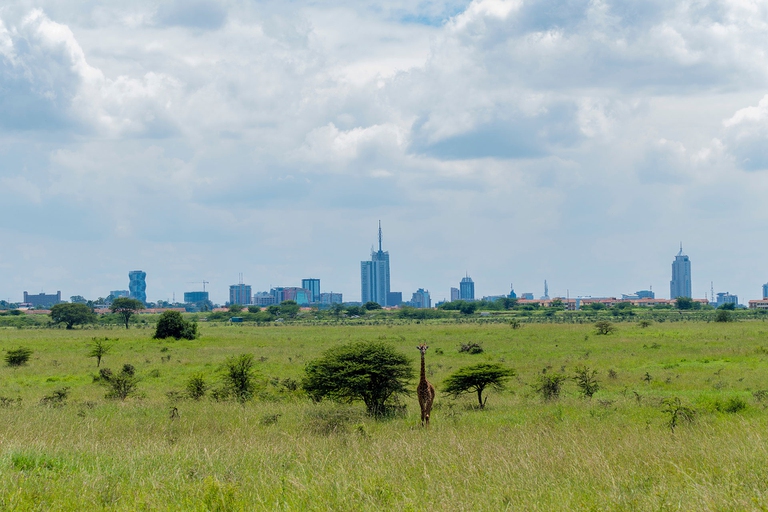
South African court dismisses a major lawsuit by 140,000 Zambian women and children against Anglo American for Kabwe lead poisoning. A setback for affected communities enduring the lasting impact of lead contamination.
Kenya’s first National Wildlife Census reveals that there are dangerously few specimens remaining of several iconic species, including the black rhino.
The results of Kenya’s first National Wildlife Census are not encouraging. The process, which lasted three months and cost over two million dollars, found that five species are “critically endangered”. According to the International Union for the Conservation of Nature (IUCN), this designation corresponds to the highest degree of risk, indicating that the animals have a 50 per cent likelihood of going extinct within ten years or three generations. Nine further species have been classed as “endangered”.
The spotted hyena and the kudus (both greater and lesser) are considered “vulnerable”. There are also two noteworthy protected species – the Masai ostrich and the Somali ostrich – and others that, fortunately, are designated as “least concern”, such as the hippopotamus, the buffalo, and the common zebra.
According to the report, drafted by the Kenya Wildlife Service in collaboration with the Ministry of Tourism and Wildlife, the most serious threats faced by Kenya’s wildlife are population growth and urbanisation, habitat loss caused by deforestation and infrastructure construction, climate change and the consequent resource scarcity, fires, and poaching.
Not even nature reserves have been spared. Tourism minister Najib Balala expressed concern over the shrinking of the uncontaminated areas that are home to Kenya’s rich wildlife heritage. He has also said on Twitter that he is pleased with the programmes that the country is implementing against poaching. In fact, these programmes have led to an increase in the number of elephants.
It is vital to continue along this path to avoid isolating wild fauna in limited pockets of protected areas or, even worse, losing these wonderful species forever. The census, rather than sounding like an alarm bell, should instead be a starting whistle in the match for these animal’s salvation.
Siamo anche su WhatsApp. Segui il canale ufficiale LifeGate per restare aggiornata, aggiornato sulle ultime notizie e sulle nostre attività.
![]()
Quest'opera è distribuita con Licenza Creative Commons Attribuzione - Non commerciale - Non opere derivate 4.0 Internazionale.
South African court dismisses a major lawsuit by 140,000 Zambian women and children against Anglo American for Kabwe lead poisoning. A setback for affected communities enduring the lasting impact of lead contamination.
Controversial African land deals by Blue Carbon face skepticism regarding their environmental impact and doubts about the company’s track record, raising concerns about potential divergence from authentic environmental initiatives.
Majuli, the world’s largest river island in Assam State of India is quickly disappearing into the Brahmaputra river due to soil erosion.
Food imported into the EU aren’t subject to the same production standards as European food. The introduction of mirror clauses would ensure reciprocity while also encouraging the agroecological transition.
Sikkim is a hilly State in north-east India. Surrounded by villages that attracts outsiders thanks to its soothing calmness and natural beauty.
Sikkim, one of the smallest states in India has made it mandatory for new mothers to plant saplings and protect them like their children to save environment
Chilekwa Mumba is a Zambian is an environmental activist and community organizer. He is known for having organized a successful lawsuit against UK-based mining companies.
What led to the Fukushima water release, and what are the impacts of one of the most controversial decisions of the post-nuclear disaster clean-up effort?
Nzambi Matee is a Kenyan engineer who produces sustainable low-cost construction materials made of recycled plastic waste with the aim of addressing plastic pollution and affordable housing.










